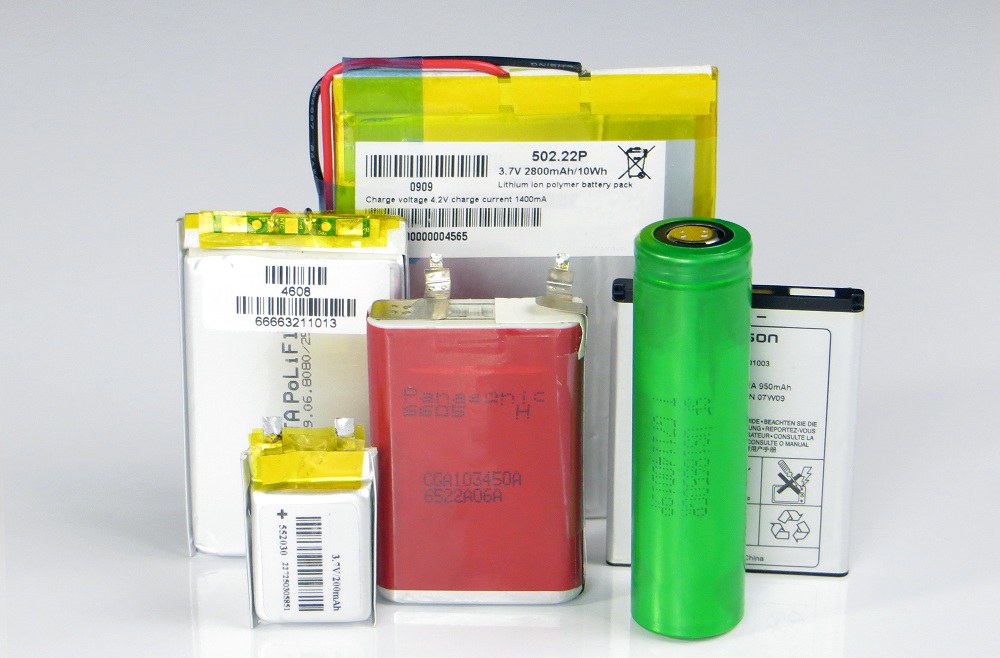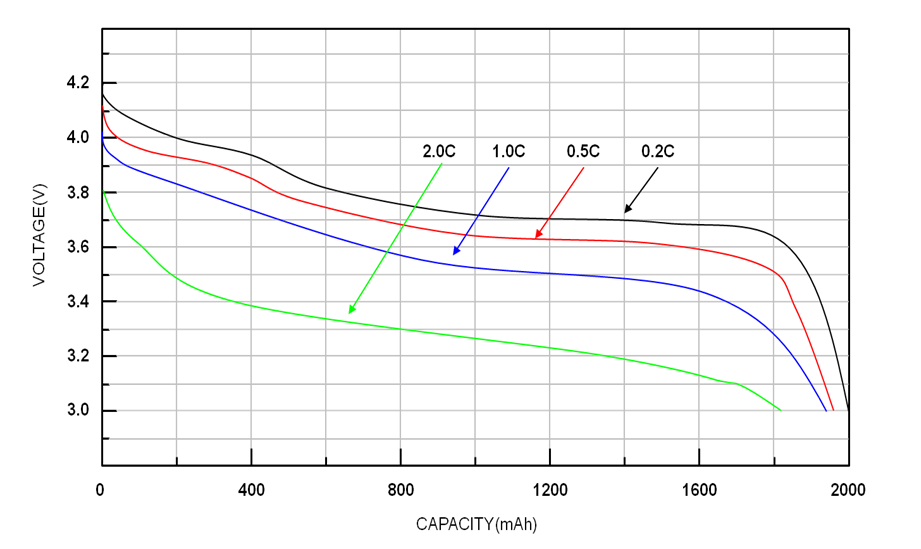Designing Applications with Li-ion Batteries
Advantages of Li-ion batteries
Li-ion batteries have several advantages when compared with other battery types:
- light weight
- No memory effect
- Compared to NiCd batteries:
- Twice energy density typically
- 6~8 times less self-discharge
- The high cell voltage of 3.6 volts is often sufficient to power applications from a single cell.
These properties make Li-Ion batteries very popular in modern portable electronic applications. When designing applications with Li-Ion cells, it is important to understand the battery characteristics during charging and discharging, to ensure safe application and best battery life time.
Battery capacity
Figure 1 shows several types of Lithium cells, used in different applications, with capacities ranging from 200mAh to 2800Ah. Standard Li-Ion batteries normally use a rigid case, while Li-Polymer batteries often use the flexible foil type or pouch cell case, which reduces size and weight.
Figure 2 shows the typical discharge curves of a 2000mAh Li-Ion battery, from fully charged (4.2V) to fully discharged (3.0V) condition. The discharge rates are expressed as a ratio of battery capacity (C). At high discharge currents, the battery capacity cannot be fully utilized and the battery voltage will drop due to battery internal resistance.
Single Li-Ion cell as power source
When powering your application from a single Li-Ion cell, the application input range must consider the voltage fluctuation of the battery, which for most Li-Ion batteries ranges from 4.2V fully charged down to 3.0V fully discharged.
Most applications will require some form of voltage regulation. Richtek offers a wide range of LDOs, buck, boost and buck-boost converters that can operate from the typical Li-Ion battery cell voltage range and provide a stable output voltage.
General application remarks
Li-Ion batteries are sensitive to over-discharge, which is why many cells have build-in under-voltage protection circuits that switch off the cell when the cell is discharged below 2.5V. It is recommended to re-charge the battery or disconnect the battery from the system well before this battery internal protection is activated.
When Li-Ion batteries are not used for a prolonged time period, it is better to discharge them to around 40% (~3.7V) to reduce their aging effect.

